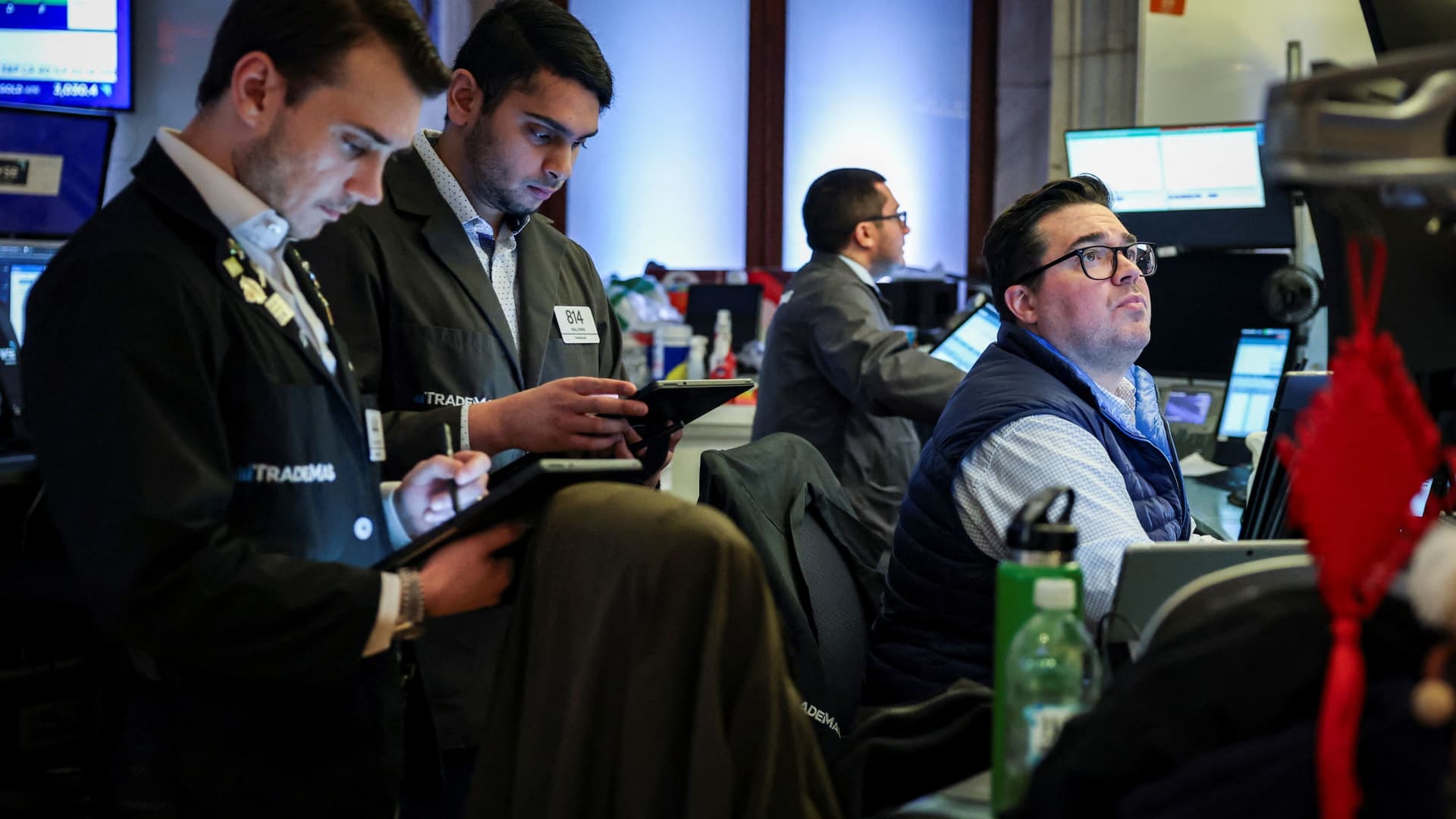Morgan Stanley strategist Mike Wilson says President Donald Trump’s tariff announcement on April 2 “is likely a stepping stone for further negotiations, as opposed to a clearing event.” Wilson’s baseline scenario for tariffs is as follows: scope for a higher tariff rate on goods from China product-specific tariffs on imports from the European Union potential de-escalation on levies on Mexico and Canada product-level tariffs on multiple Asian economies The baseline scenario for reciprocal tariffs doesn’t necessarily mean the market can’t move higher, according to Wilson. He noted that product-level tariffs are “likely to be more impactful on a sector basis.” However, upside for the S & P 500 is likely at a ceiling of 5,800 to 5,900 in the near term, even if tariffs end up weaker than the baseline case, according to the strategist, who’s been at Morgan Stanley for 35 years. To reach the high end of Morgan Stanley’s first half range for the S & P 500 (5,500 to 6,100), the market would need to see lighter-than-expected tariff policy, as well as a “clear reacceleration in earnings revisions breadth, something we are currently not seeing at the index level,” Wilson wrote in a research note on Monday. The market could sell off to the lower end of the firm’s forecast —around 5,500 — if tariffs are more restrictive than expected. This could entail scenarios such as broader tariffs on the European Union, an additional 10% levy on goods from China, or country-level tariffs on other major trading partners such as Vietnam, Japan, Korea and India. “This is perhaps the outcome the market was starting to price on Friday,” Wilson said. The broader market, as measured by the S & P 500, is on pace to finish March about 6% lower.





